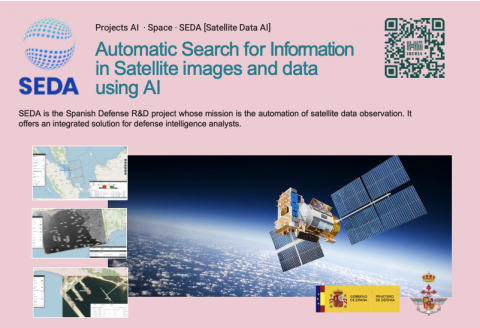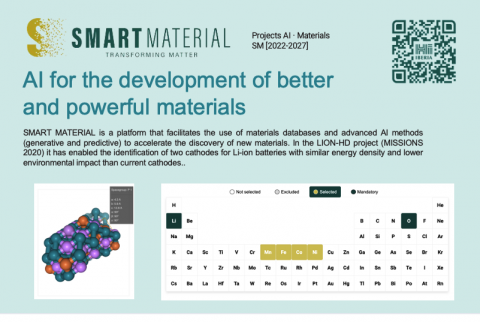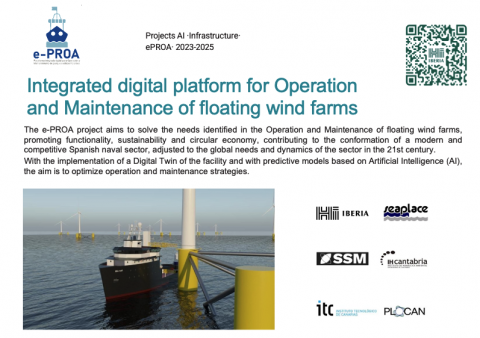




General information
-
Company nameHI IBERIA INGENIERIA Y PROYECTOS S.L.
-
AddressC/ Juan Hurtado de Mendoza, 14
-
Turnover3.80 million EUR in year 2023
-
Employees108 in year 2023
-
SMEYES
-
Contact Info:
-
Phone+34914585119
-
Emaildones@hi-iberia.es
Activity and Skills
At HI Iberia (HIB), we bring over two decades of expertise in AI development tailored to meet the rigorous demands of Big Science facilities. Our competencies are anchored in deploying advanced AI, machine learning, and deep learning techniques to enhance operational efficiency, predictive modeling, and real-time data analytics in complex scientific environments.
Capabilities for Big Science Facilities
1. Advanced Data Analytics and Machine Learning: HIB applies AI for predictive maintenance and fault detection in large-scale scientific equipment, ensuring uptime and efficiency. Projects like MAPRE and DONES-FLUX showcase their expertise in handling complex data streams and optimizing critical infrastructure, including particle accelerators.
2.AI-Driven Materials Discovery: HIB accelerates material discovery with AI, using deep learning and reinforcement learning. Projects like SMART MATERIAL are essential for rapid material innovation in fusion reactors and accelerator technologies.
3. Simulation and Predictive Modeling: HIB uses AI techniques like Deep Learning Surrogate Models (DLSMs) and Fourier Neural Operators (FNOs) to enhance predictive modeling for fusion facilities, improving efficiency and accuracy in physical processes while reducing computational costs.
4. Computer Vision and Image Analysis: HIB has developed real-time computer vision solutions for monitoring and analyzing visual data, as demonstrated in the LIFEonLive project, which are crucial for anomaly detection in Big Science facilities.
5. AI for Energy Optimization: HIB optimizes renewable energy integration and energy flow within fusion research facilities. Projects like ENIGMA and DONES-FLUX focus on maximizing energy efficiency and reducing costs in large-scale scientific environments.
6. Intelligent Infrastructure Management: HIB creates AI-based models for managing and optimizing infrastructure in complex scientific environments, as demonstrated in DONES-MAGIA and DONES-FLUX, enhancing reliability and maintainability.
7. Natural Language Processing (NLP) and Conversational AI: HIB develops NLP and conversational AI tools for better human-machine interaction, assisting researchers and operators in managing complex datasets in Big Science environments.
8. Cybersecurity and Edge Computing: HIB integrates cutting-edge cybersecurity and edge computing solutions to ensure data security and low-latency processing, vital for the secure and efficient operation of scientific facilities, especially under extreme conditions like those in IFMIF-DONES.